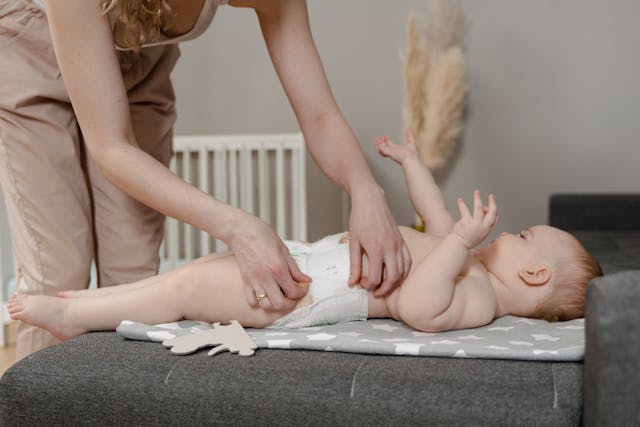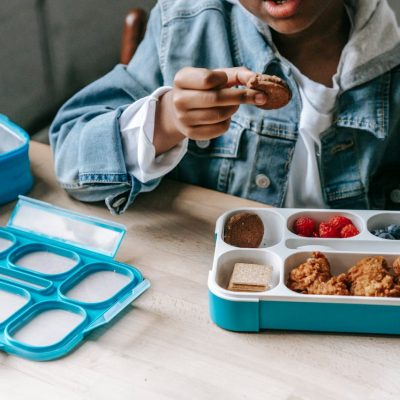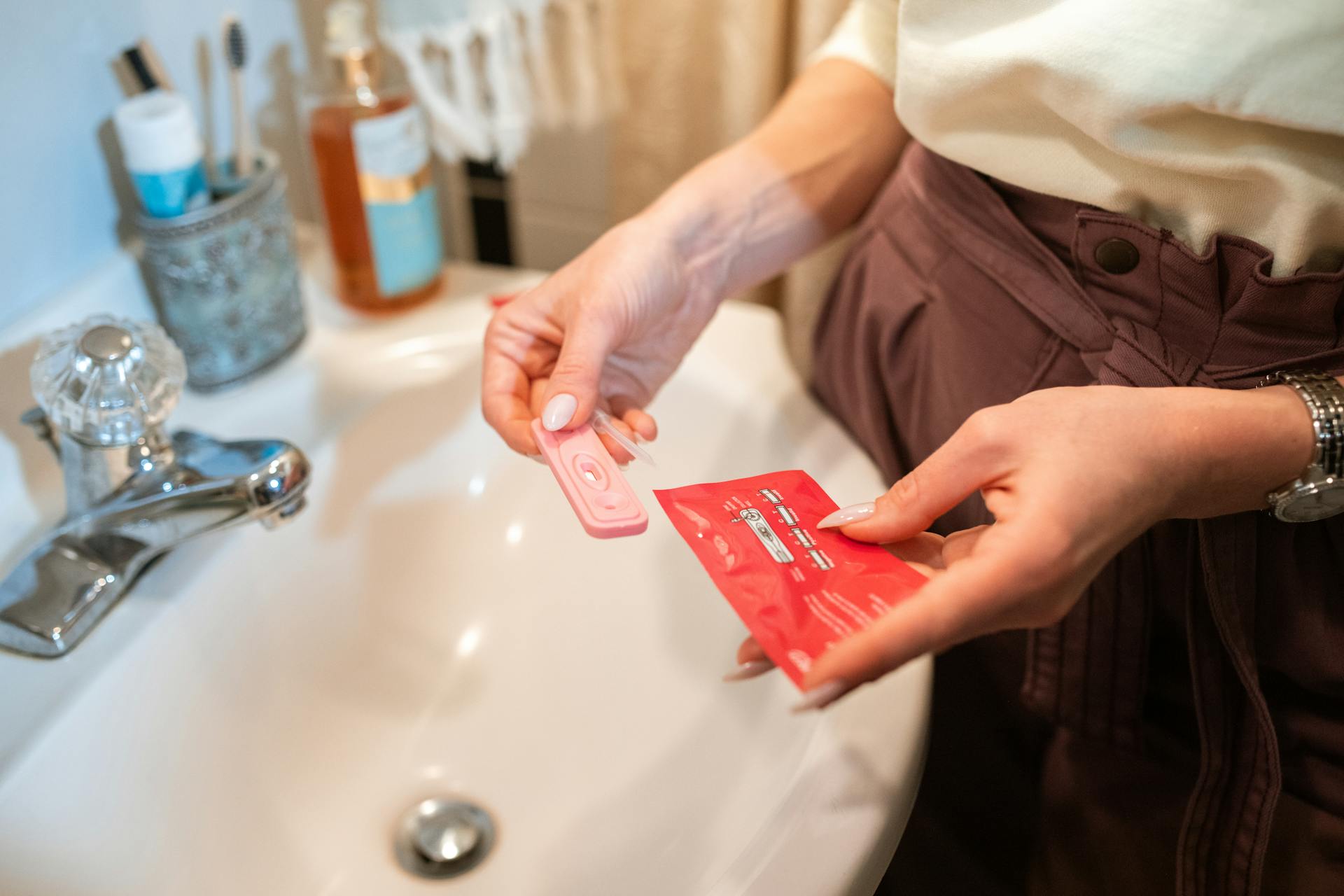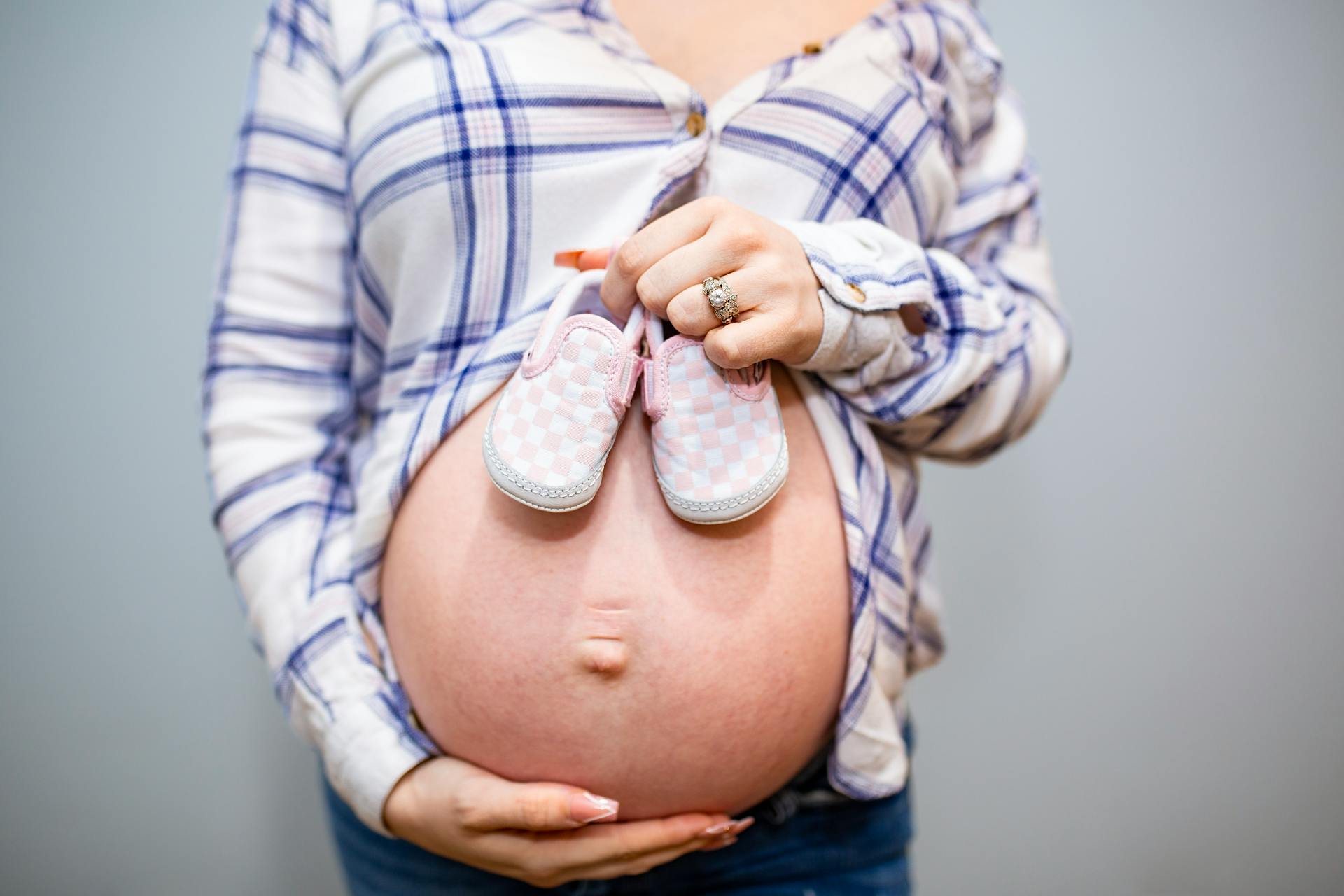Diaper rash is one of the most common skin irritations babies experience, leaving parents searching for solutions to keep their little ones comfortable and rash-free. Preventing diaper rash is key to maintaining a baby’s delicate skin and ensuring they stay happy and healthy.
This article will explore effective methods for preventing diaper rash, highlight common causes, and provide helpful tips for keeping your baby’s skin smooth and irritation-free.
What Is Diaper Rash?
Diaper rash is an inflammation of the skin that appears as red, irritated patches on a baby’s diaper area. It occurs when the skin is exposed to moisture, friction, or irritants for extended periods. While it’s usually mild, severe cases can cause discomfort and even infection if left untreated.
Common Causes of Diaper Rash
Understanding what causes diaper rash can help you take proactive steps to prevent it. Some of the most common culprits include:
- Prolonged Exposure to Moisture
Urine and stool, particularly when left in contact with the skin for too long, can break down the protective barrier of the skin, leading to irritation. - Friction
Tight-fitting diapers or frequent rubbing can cause chafing, resulting in redness and discomfort. - Irritants
Certain products like scented wipes, soaps, or laundry detergents can irritate a baby’s sensitive skin. - Yeast or Bacterial Infections
Warm, moist environments can encourage the growth of bacteria or yeast, especially if diapers are not changed often. - Introduction of New Foods
When babies start solid foods, their stools may change, increasing the risk of diaper rash. - Antibiotics
If your baby or a breastfeeding parent takes antibiotics, it can disrupt the natural balance of bacteria, leading to a higher chance of rash.
How to Prevent Diaper Rash in Babies
While diaper rash is common, it’s also highly preventable with the right care routine. Here are proven methods to keep your baby’s skin healthy:
1. Change Diapers Frequently
Keeping your baby’s diaper area clean and dry is the most effective way to prevent rashes.
- Check diapers often and change them as soon as they are wet or soiled.
- Avoid leaving a dirty diaper on for long periods, especially overnight.
2. Use the Right Diapers
Choosing the right type of diaper can make a big difference.
- Disposable diapers: High-quality disposable diapers with good absorbency can wick moisture away from the skin.
- Cloth diapers: If using cloth, ensure they are washed with baby-friendly, fragrance-free detergents and thoroughly rinsed.
3. Keep the Diaper Area Clean
Proper hygiene is essential for preventing diaper rash.
- Gently clean your baby’s diaper area with warm water and a soft cloth or unscented wipes.
- Avoid scrubbing the skin harshly; instead, pat it dry.
4. Allow for Diaper-Free Time
Letting your baby go diaper-free for short periods allows the skin to breathe and reduces the risk of rash caused by trapped moisture.
- Lay your baby on a towel or waterproof mat and allow some time without a diaper daily.
5. Apply a Barrier Cream
Using a diaper rash cream or ointment creates a protective barrier between the skin and irritants.
- Look for creams containing zinc oxide or petroleum jelly, which help shield the skin.
- Apply a thin layer after every diaper change, especially if your baby is prone to rashes.
6. Avoid Irritating Products
Stick to baby-safe, gentle products to minimize skin irritation.
- Use fragrance-free, hypoallergenic wipes and lotions.
- Avoid powders or talcs, as they can irritate the lungs and skin.
7. Monitor Your Baby’s Diet
Changes in diet can affect stool composition, which may irritate the skin.
- Introduce new foods gradually and monitor how your baby’s skin reacts.
- If breastfeeding, consider avoiding foods that might cause sensitivity in your baby.
What to Do If Your Baby Gets Diaper Rash
Even with preventive measures, diaper rash can still occur. Here’s how to manage it effectively:
- Identify the Cause
Evaluate potential irritants like new diapers, wipes, or recent dietary changes. - Treat Mild Rashes
- Clean the diaper area gently and let the skin air dry.
- Apply a thick layer of diaper rash cream to soothe and protect the skin.
- Use Over-the-Counter Treatments
For yeast-related rashes, consult your pediatrician about antifungal creams. - Keep Monitoring
If the rash doesn’t improve within a few days or worsens, contact your doctor to rule out an infection.
When to See a Doctor
While most diaper rashes are mild and resolve with home care, some cases require medical attention. Seek professional help if:
- The rash is severe, spreading, or not improving after a few days.
- There are open sores, blisters, or pus-filled bumps.
- Your baby develops a fever alongside the rash.
Natural Remedies for Diaper Rash
In addition to conventional treatments, natural remedies can also help soothe your baby’s skin:
- Coconut Oil
Its anti-inflammatory and moisturizing properties can help reduce irritation. - Aloe Vera Gel
Apply a small amount of pure aloe vera gel to calm redness and promote healing. - Breast Milk
Breast milk has natural antibacterial properties and can be applied to mild rashes to soothe the skin. - Oatmeal Baths
Add finely ground oatmeal to your baby’s bathwater to ease inflammation and itching.
Frequently Asked Questions About Diaper Rash Prevention
1. Can cloth diapers help prevent diaper rash?
Cloth diapers, when properly cleaned, can reduce the risk of irritation caused by harsh chemicals. However, they require frequent changes to keep the skin dry.
2. Should I use wipes after every diaper change?
Yes, but opt for unscented, hypoallergenic wipes to avoid irritation. Alternatively, use warm water and a soft cloth for cleaning.
3. Can teething cause diaper rash?
While teething doesn’t directly cause diaper rash, changes in stool consistency during teething can increase the risk.
4. Are natural remedies safe for newborns?
Most natural remedies are safe, but always patch-test new products on a small area of skin before applying them broadly.
Conclusion
Preventing diaper rash in babies involves a combination of good hygiene, proper diapering techniques, and careful product selection. By staying proactive and attentive to your baby’s needs, you can minimize the risk of irritation and keep their skin healthy.
Remember, every baby is unique, and what works for one might not work for another. Always consult your pediatrician if you’re unsure or if the rash persists despite your efforts. With the right care and attention, your baby will enjoy happy, rash-free days.
















